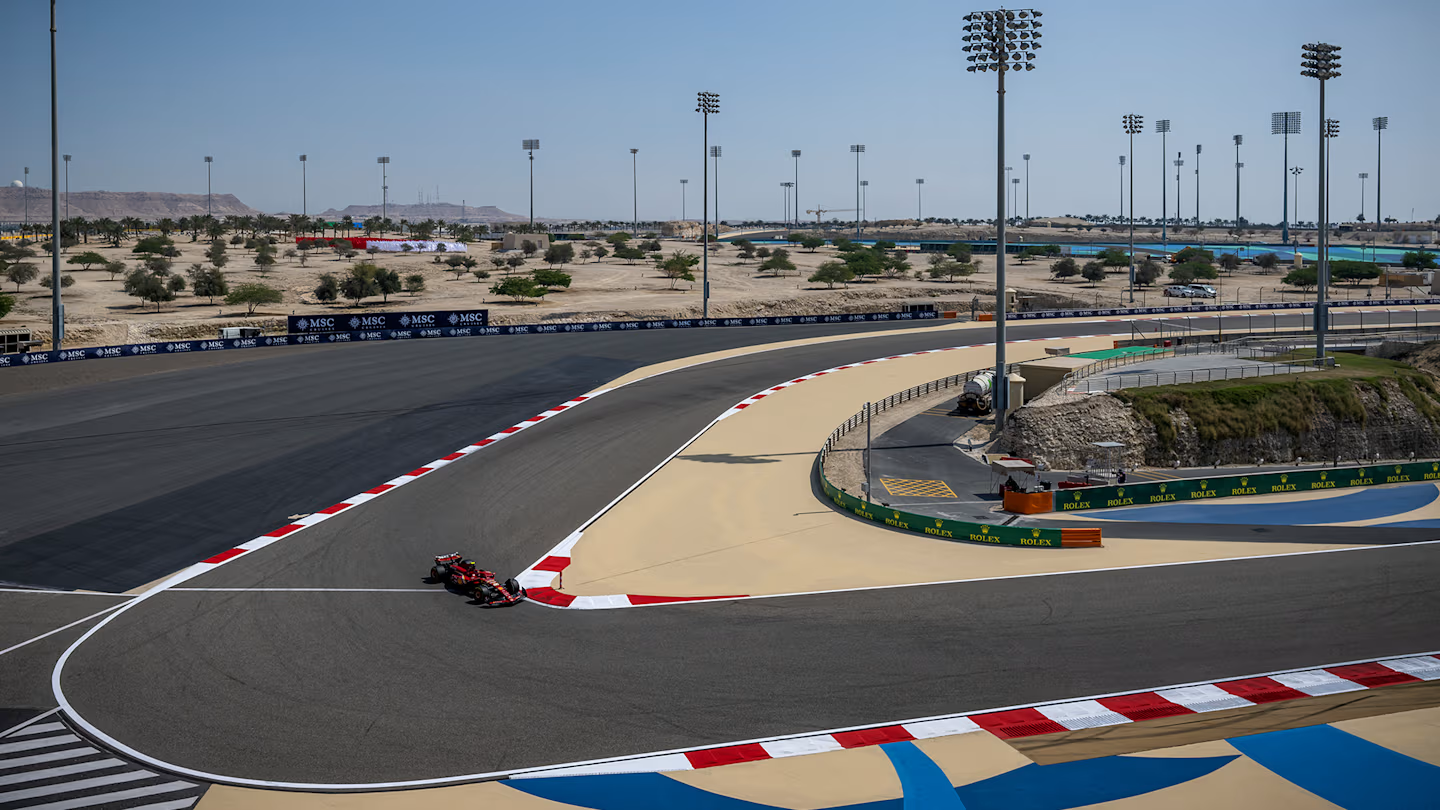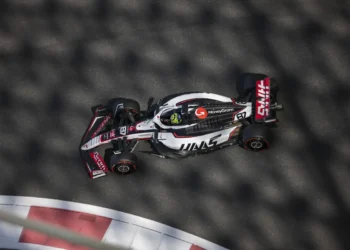In the realm of Formula 1, pre-season testing is a window into the strategies and potential performance of the teams. This year, as teams had complete access to Pirelli’s entire catalogue of F1 tyre compounds during the pre-season testing in Bahrain, they were given a break from the typical restrictions of a grand prix weekend.
Traditionally, Pirelli selects three slick tyre options for teams to choose from during each race. However, this testing period saw teams permitted to pick from all six options, a roster that included the newly introduced C6 tyre for 2025, known for being the softest in the range. The choices made by the teams, now unveiled by Pirelli, offer a glimpse into what we might anticipate in the upcoming races.
For the testing session, each team could opt for 35 sets of tyres from the slick and intermediate/wet range, though only 30 of these would be utilized. Interestingly, only two teams, Ferrari and Williams, chose to incorporate the new C6 tyres in their selection, opting for a single set each.
The C6 tyre, with its theoretically superior peak performance, is designed to inject more thrill into street races like the Monaco Grand Prix, despite it being prone to more tyre degradation. However, Pirelli typically brings the three hardest compounds, the C1-C2-C3, to the Bahrain Grand Prix, making the use of the C6 unlikely before the Monaco event in May. Hence, this could explain its lack of popularity among the teams.
But it’s not just the C6. Teams seem to be veering away from softer tyres in general, with only 32 sets of C4-C6s selected this year, down from the 40 sets of the two softest compounds, C4-C5s, in 2024. This could be attributed partially to the C3 tyre being the most frequently used compound throughout the season and the softest available during the Bahrain GP weekend. Therefore, it’s also the preferred tyre for qualifying rounds.
In terms of identifying the tyres during the Bahrain testing, the C1, C3 and C5 tyres are marked with white, yellow, and red sidewalls respectively, whereas the C2, C4 and C6 are differentiated with brackets on their sidewalls. Intermediate and wet tyres are distinguished by green and blue sidewalls respectively.
Interestingly, the top four fastest testing times in 2024 were clocked on C4s, and eight of the ten teams have chosen them this year as well, suggesting a possible repeat of this trend. Aston Martin and Alpine are the exceptions, with neither selecting any C4-C6 tyres. Ferrari and Williams remain unique in their choice of the C5s. With Ferrari having five sets of C4s, more than any other team, it stands a good chance of topping the leaderboard during the three-day testing period.
In another surprising development, only Haas and Aston Martin have chosen to include non-slick tyres in their selection, considering there’s no rain predicted and cost-saving measures are in place. Aston Martin’s decision to bring three sets of intermediates, compared to Haas’s single set, is particularly noteworthy. While Aston could technically return all three sets of intermediates, their unusual choice suggests that they have specific plans to test their car with intermediates on a dry track.
The changes to Pirelli’s existing slick compounds are also worth noting. While the hardest C1 remains more or less unchanged, there’s a wider gap between it and the C2 tyre, which is now closer in nature to the C3. The C4 and C5 tyres have been reworked to reduce the likelihood of graining on the tread surface, a significant hurdle to close racing.
While it’s testing rather than a race weekend, we may not have a clear picture of whether Pirelli has achieved its goals for F1 2025’s raceability until the early races. However, drivers following other cars during testing could provide the first hints.










